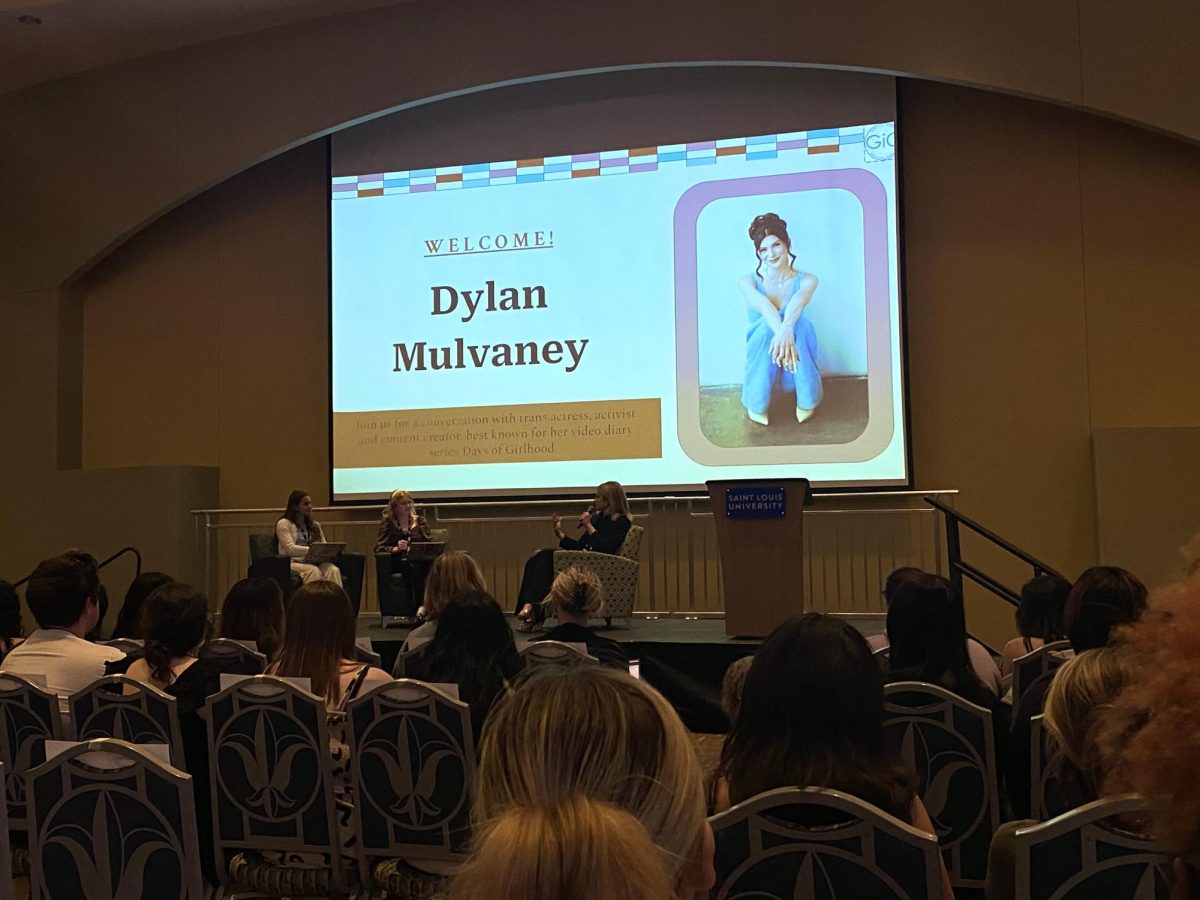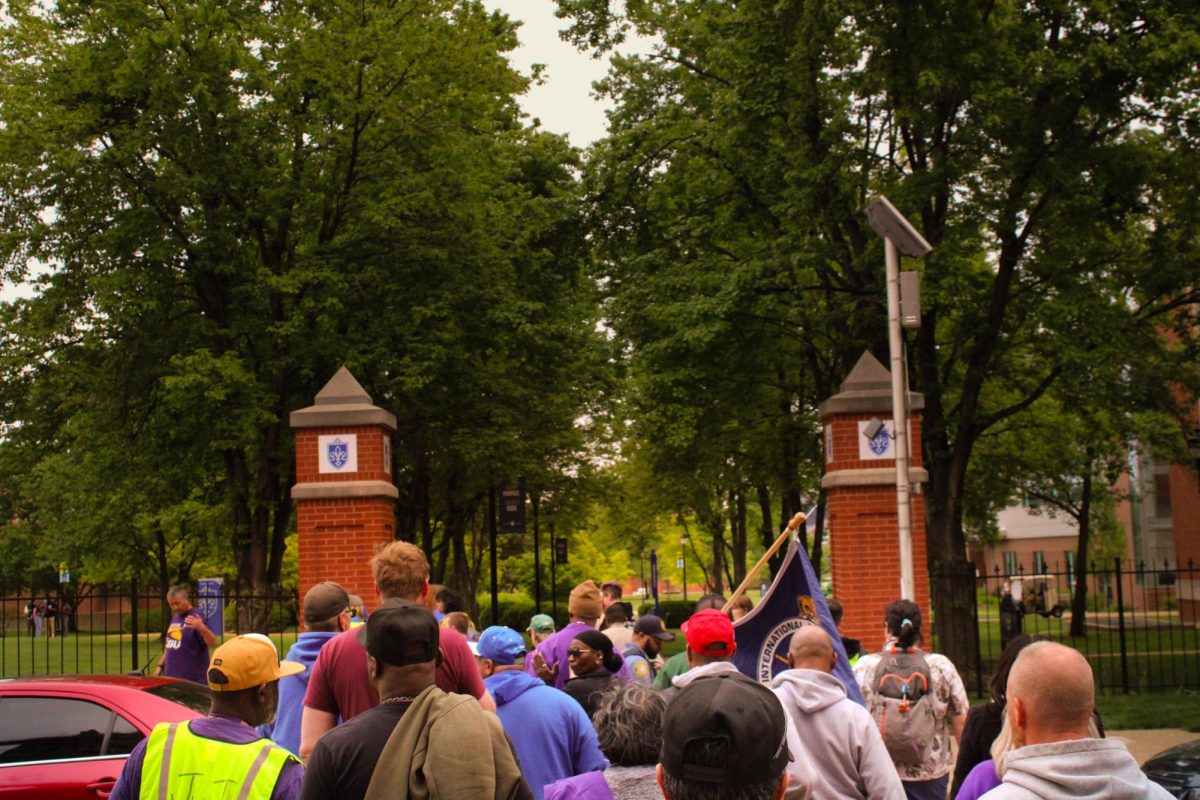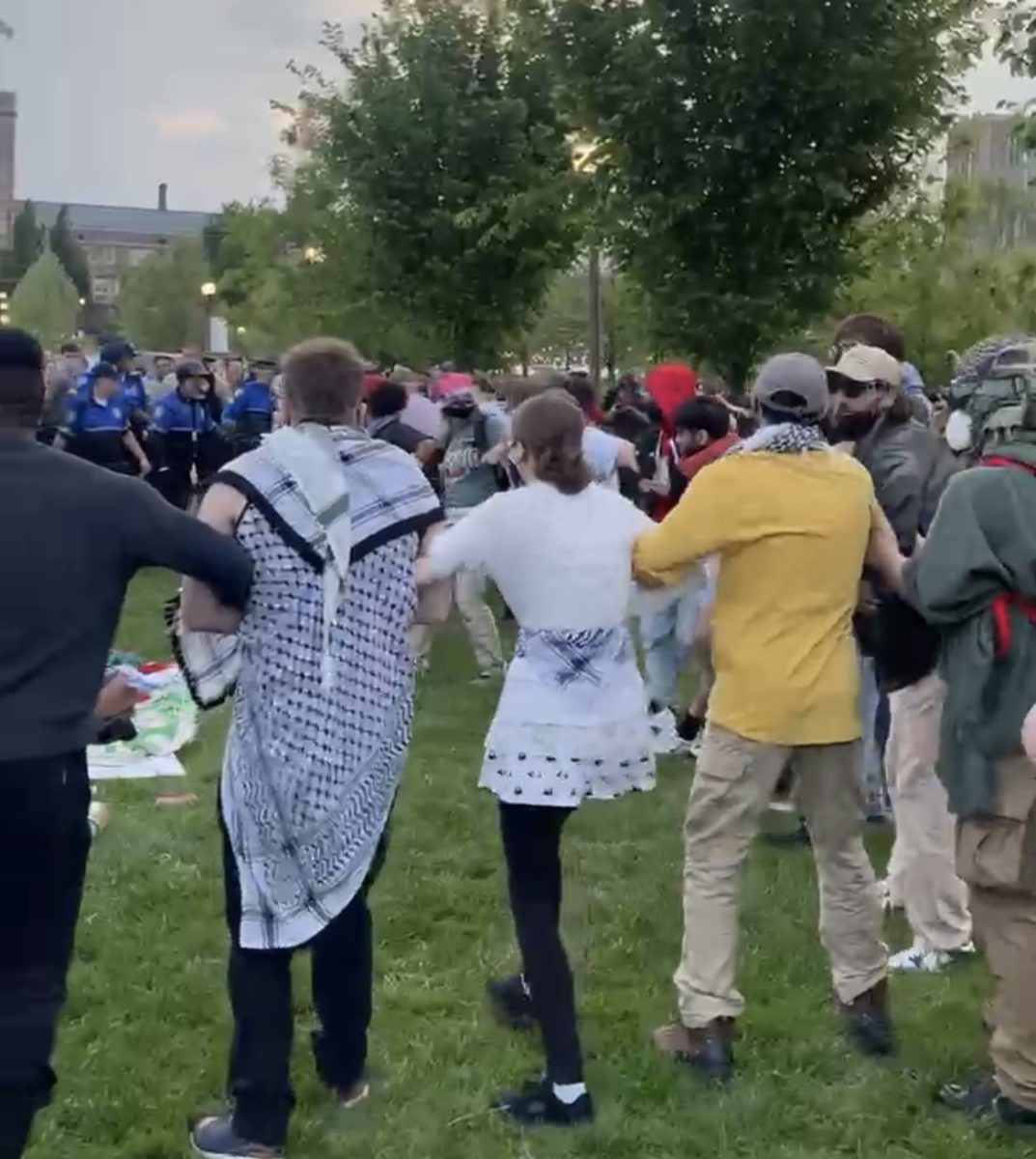70 years later, Heithaus homily has lasting impact
The year 2014 marks the 70th anniversary of the official desegregation of Saint Louis University; 1944 was the first year that blacks and other non-white students were allowed to study at SLU.. On Saturday, Sept. 27, Dr. Jonathan C. Smith, Professor of African American Studies, discussed the deeper history and meaning behind this historic decision.
Smith started off with an interesting anecdote about his origins from elsewhere in the country. He said that one aspect of St. Louis that intrigued him most when he came here was that others would appear to assign him a predefined set of characteristics whenever he stated that he wasn’t from St. Louis. Smith was perplexed by this occurrence and eventually took it upon himself to learn more about both why he was made to feel this way, and the underlying issues in St. Louis that led to these characterizations.
Reading the narrative of the slave William Wells Brown was one step on Smith’s way to understanding St. Louis. He learned that Brown was owned by an O’Fallon slave owner, and that even though the owner lived a long ways outside the city, Brown lived and worked in the city.
Eventually, Smith moved on to the story of Dred Scott, also a slave from St. Louis, 100 years before 1944. Scott spent so much time working in a free state that he eventually filed a suit in a St. Louis circuit court that he should be free because of where he worked. This case eventually made its way to the Supreme Court of the United States. However, Scott died before the case could fully be settled. Where he was buried is of particular interest: the intersection of Grand and Laclede, in what was once the old Wesleyan Cemetery. Now, that land is occupied by SLU buildings, including the Marchetti Towers and Busch Student Center.
This ties SLU in to the historic events surrounding Dred Scott. According to Smith, these are unique St. Louis events, but are also microcosms of the nation as a whole. In return, citing recent events in Ferguson, the sentiments of the nation can boil over in St. Louis as well. He said, “Things that we think are local are really not local. That’s a false construct.”
This lead Smith into a story about Father Claude Heithaus, who in 1944 was a priest, faculty member, and faculty advisor, as well as a previous founder of the University News at SLU. In that year, Heithaus found a copy of the Pittsburgh Courier on his desk. The Courier was a black newspaper, which, like other black newspapers, was often distributed around the nation by travelers.
In this issue of the Courier, a story about a black woman who was denied admission to Webster University intrigued Heithaus. In February 1944, Heithaus gave his scheduled homily to the predominantly white and male attendees of the college’s church. In his homily, he asked all students, in the name of Jesus, to apologize to black people for wrongdoings in the past and to welcome them into the university with open arms. This action, along with his stubbornness about what could and could not be printed in the University News, led to him being fired.
However, Heithaus’ message was not forgotten. Later that year, Saint Louis University became the first predominantly white institution of higher learning in a former slave state to accept blacks into the university. This decision came despite the ire of the Archbishop of St. Louis, John Joseph Glennon.
This is now the 70th anniversary of that historic event. However, racial tensions and other similar issues still remain. Ferguson is a representation of feelings that pervade the entire nation, says Smith. There is still much to be fixed, and much to be learned.
SLU itself, despite its 1944 decision, is far from perfect. Enrollment of those who identify themselves as black has dropped in recent years. Jay Goff, Vice President of Enrollment and Retention Management, explained that “the multi-racial option for race was first offered in 2010, and this is when we notice that reported black students seemed to decline.” This explanation was also validated by Smith, who said that he also notices the trend of some black students who are part-white identifying themselves as biracial.
To finish, Smith reminded the audience that it is important not to sit back on past laurels, saying, “We must remember to commemorate, rather than celebrate. When we celebrate, we relax a little, and there is still much more to be done.”
Smith ended with a thought from James Baldwin, who wrote the book The Fire Next Time in 1963. In it, Baldwin says that the United States is “celebrating 100 years of freedom 100 years too soon.” Smith reiterates this point in the context of SLU and reminded the audience that the progress made has indeed been wonderful. However, there is, and always will be, more that can be done.






